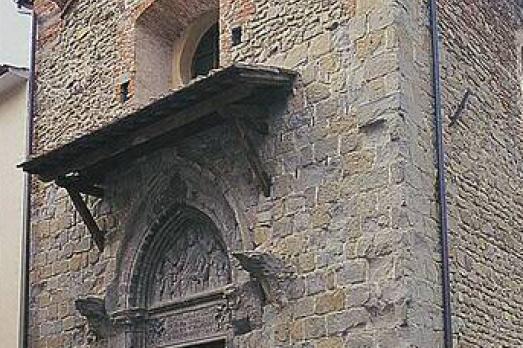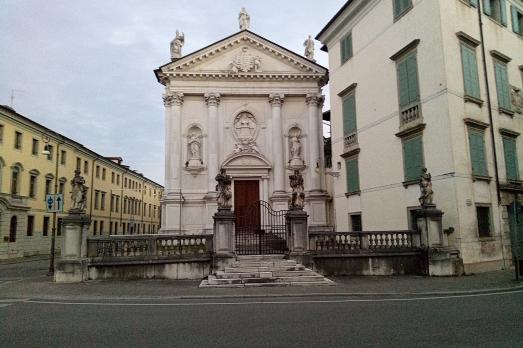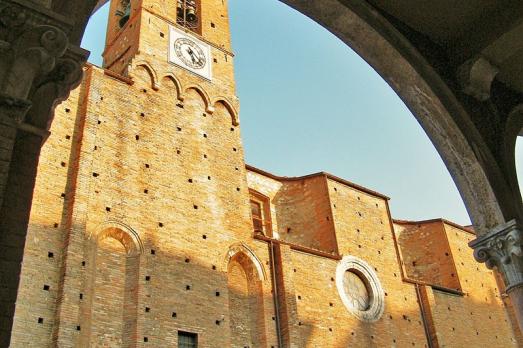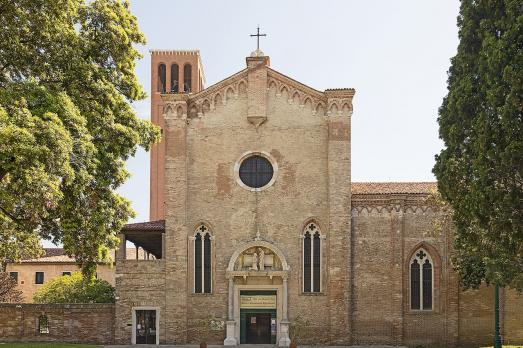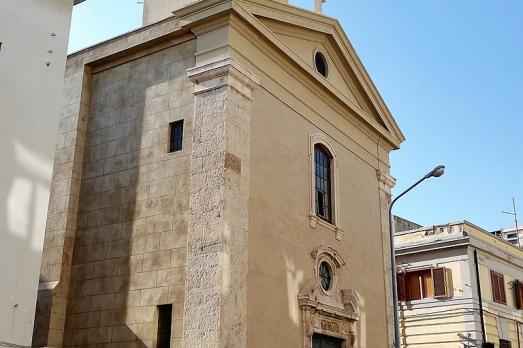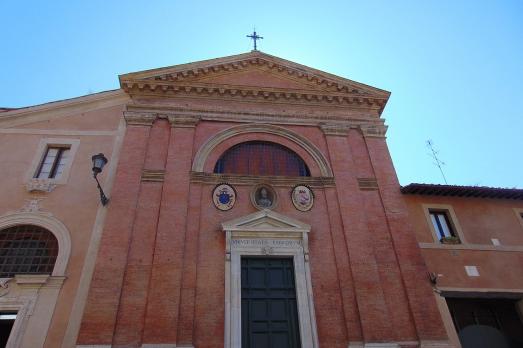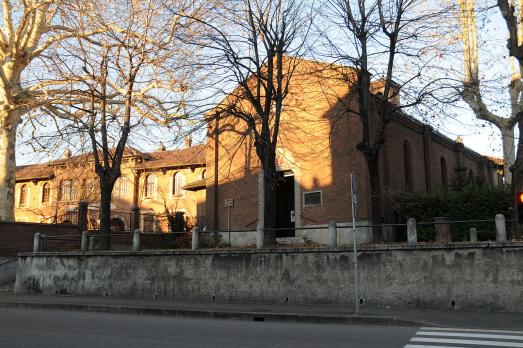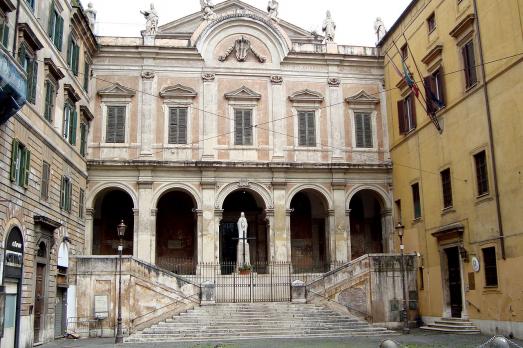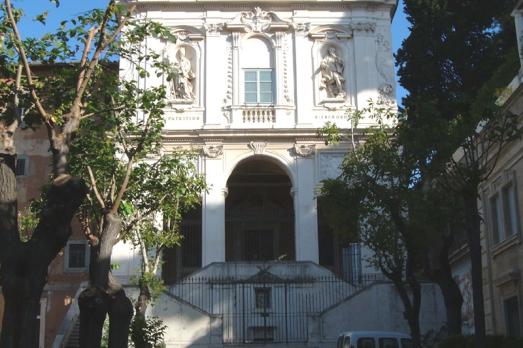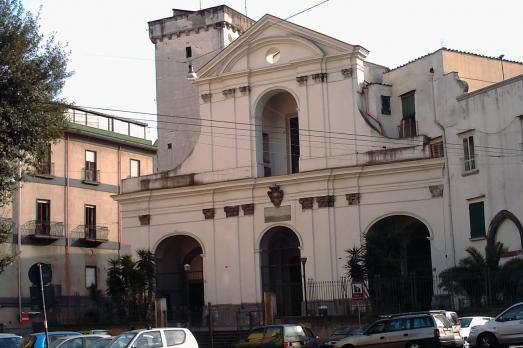
Chiesa di Sant'Antonio Abate
Napoli, IT
The first mention of the church of Sant'Antonio Abate dates back to the early 14th century. Towards the end of the 14th century, the complex therefore already included the church, the hospital and the convent, and was managed by the hospitable monks of Antonia, who prepared the sacred dye used to treat the shingles. The first remodelling dates back to 1370, the next to the 17th century, which erased part of the original structure. On the orders of Cardinal Antonino Sersale, the structure was remodelled in 1779.
